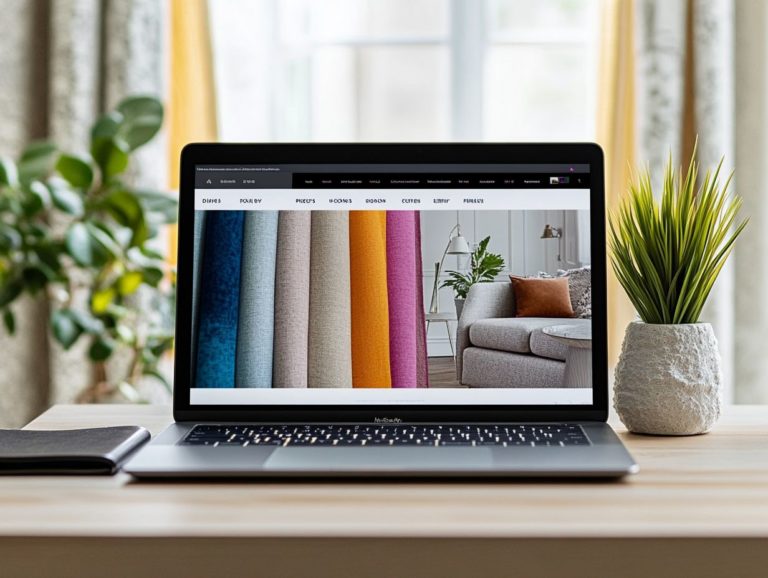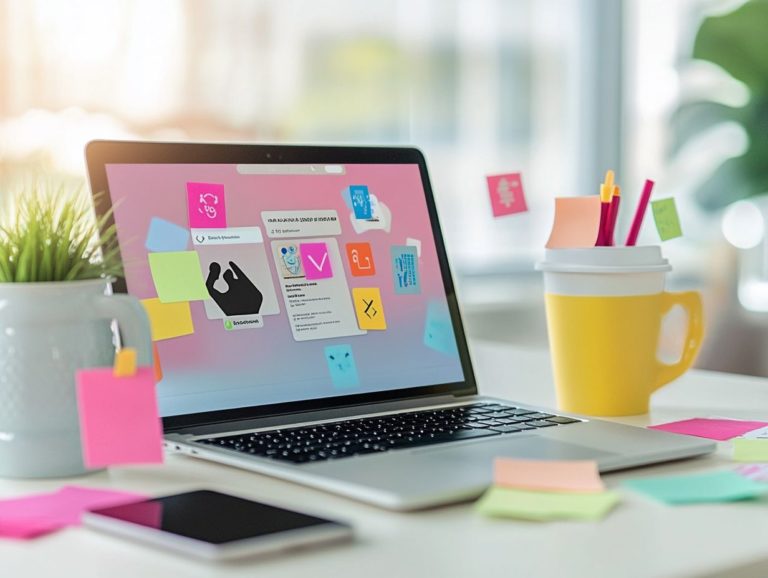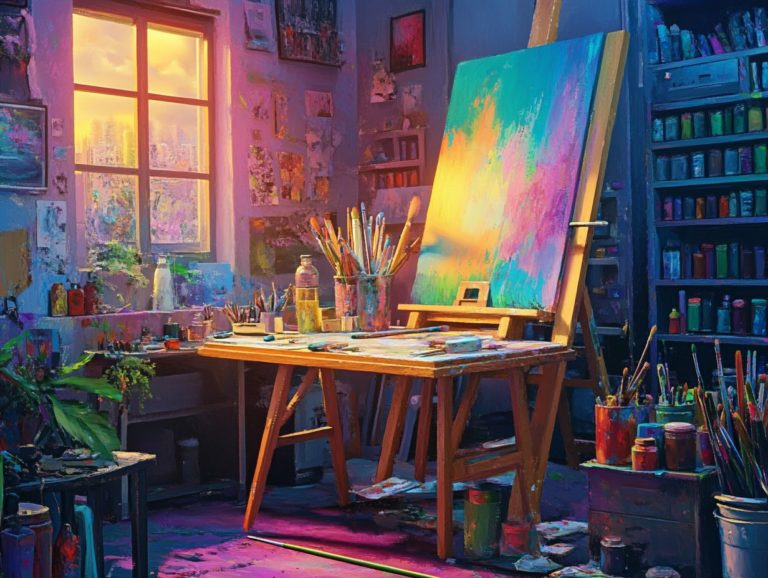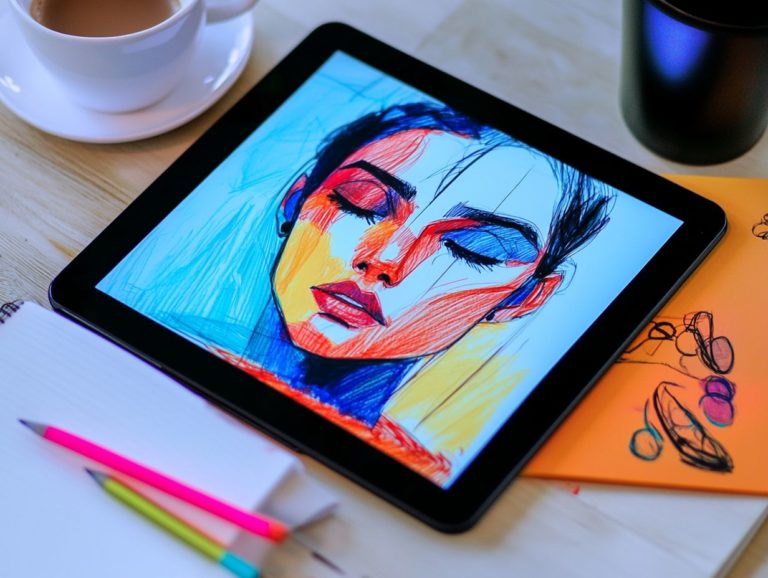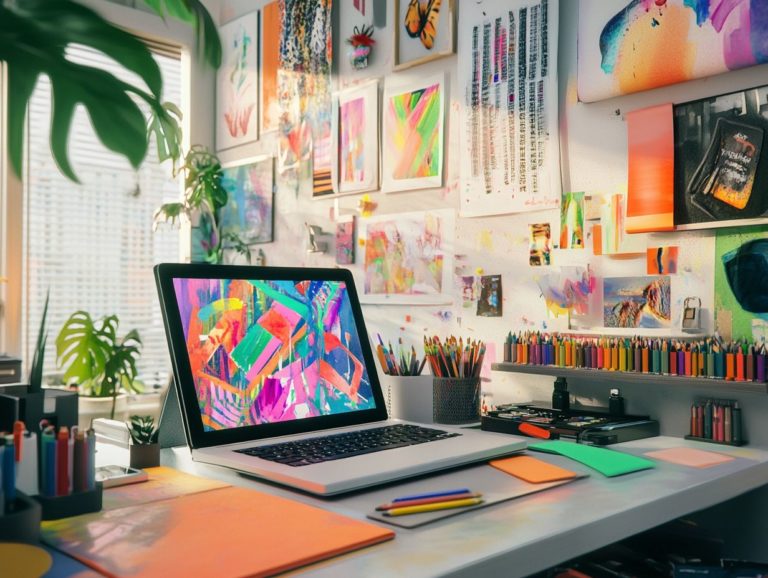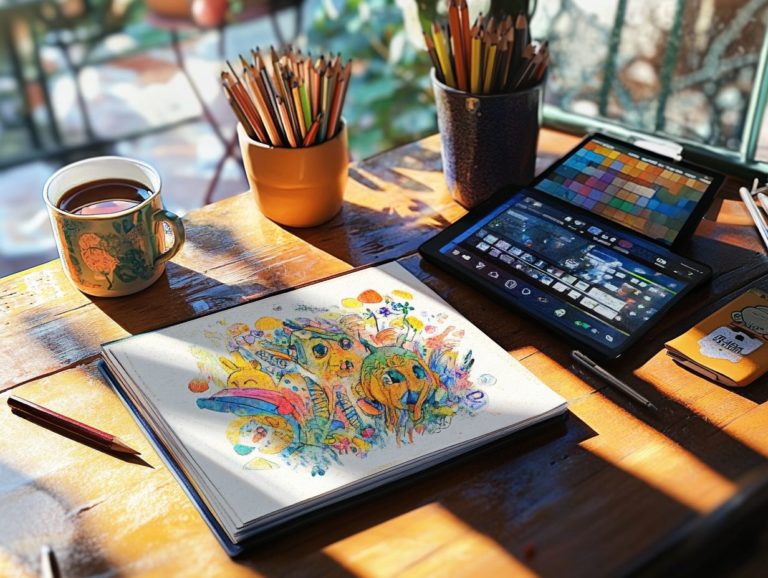How to Teach Creativity in the Classroom
In today s rapidly evolving world, creativity is more essential for students than ever before. It goes beyond mere artistic expression; nurturing creative thinking equips students with vital problem-solving and critical thinking skills that are crucial for success.
Many classrooms encounter barriers that hinder this important facet of education. This article dives into the significance of teaching creativity, identifies the obstacles faced, and offers practical strategies for fostering an innovative environment.
We will explore the benefits of creativity, effective assessment methods, and how technology can enhance the creative learning experience. Join in on this journey to empower yourself and become part of the next generation of thinkers and innovators.
Contents
- Key Takeaways:
- Why Teaching Creativity Matters Now More Than Ever
- Barriers to Creativity in the Classroom
- Strategies for Encouraging Creativity
- Benefits of Teaching Creativity
- Assessing Creativity in the Classroom
- Incorporating Technology into Creativity Lessons
- Frequently Asked Questions
- How can I ignite creativity in my classroom?
- What exciting teaching strategies can I use to spark creativity in my students?
- How can I incorporate creativity into my lesson plans?
- What role does the teacher play in teaching creativity?
- How can I assess and evaluate creativity in my students?
- How can I inspire my students to be more creative?
Key Takeaways:
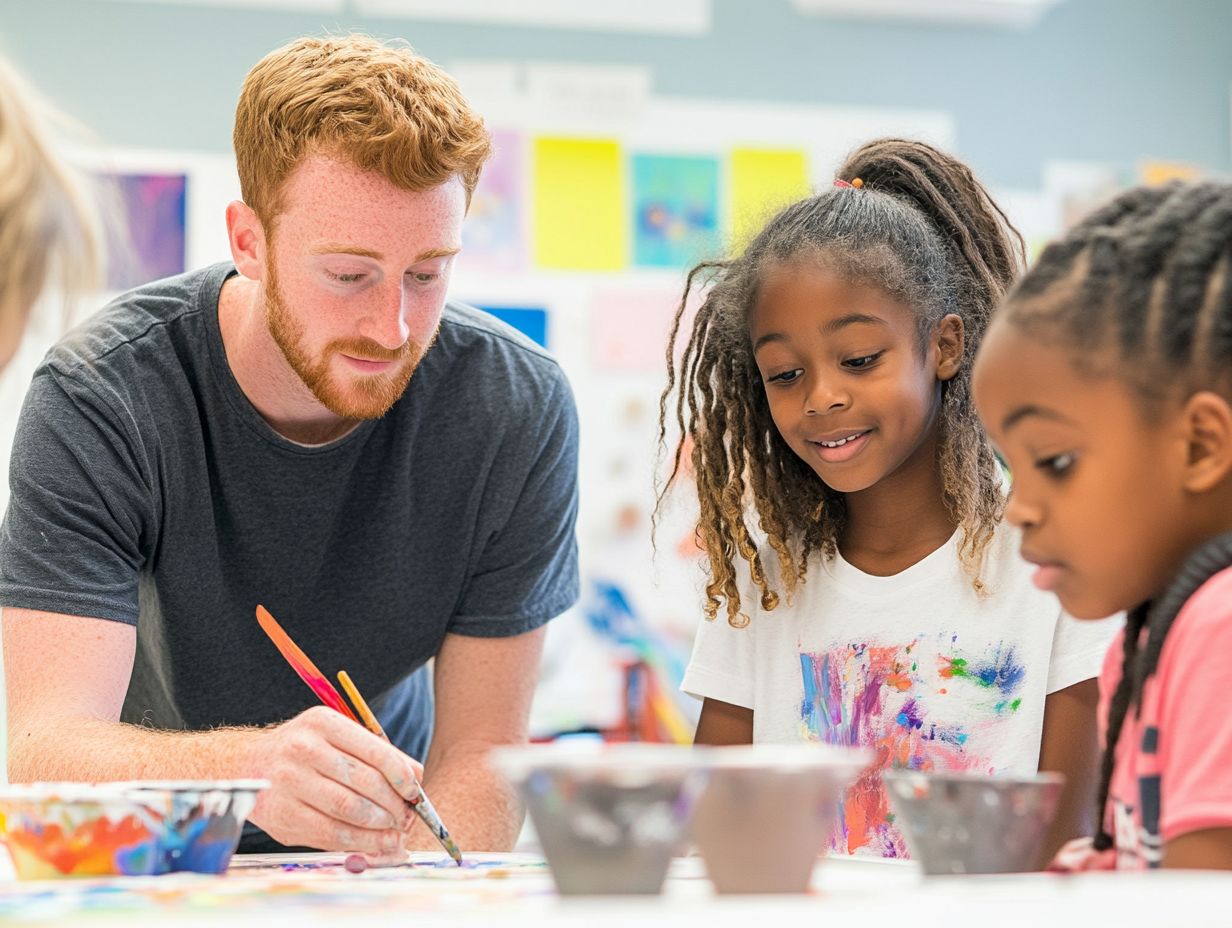
Teaching creativity is crucial for students as it enhances problem-solving and critical thinking skills, fosters innovation and adaptability, and prepares them for the constantly changing world. Identifying and overcoming barriers to creativity in the classroom is essential for creating a supportive environment for students to express themselves. Incorporating technology into creativity lessons enhances students’ learning experiences and provides them with digital tools for creative projects.
Why Teaching Creativity Matters Now More Than Ever
Teaching creativity in the classroom is vital for creating an exciting environment, enriching students’ skills through exploration and self-directed learning.
Creativity fuels curiosity and imagination, equipping students for success in an ever-competitive landscape. By weaving creative strategies into educational practices, educators can follow the example set by Sarah Cressall of The Creation Station, who underscores the importance of nurturing these essential skills.
This approach gives power to children, allowing them to connect meaningfully with their learning experiences.
Why Creativity is Essential for Students
Creativity is vital for students, not just to enhance learning but also to cultivate critical thinking and problem-solving skills essential for both academic and future career success.
Through hands-on projects and collaborative activities, educational programs increasingly weave creative approaches into their teaching methods. For example, initiatives like the STEAM Online Conference underscore the significance of blending the arts with science, technology, engineering, and math. This combination paves the way for a well-rounded educational experience.
Educators like Paul Collard and John Pinkney champion creativity as a core component of learning, giving students the power to think outside the box and inspiring innovative solutions to real-world challenges.
This growing recognition of creative education reveals its transformative impact, enabling students to flourish in an ever-evolving landscape.
Barriers to Creativity in the Classroom
Barriers to creativity in the classroom can profoundly restrict exploration and learning, stifling imagination and diminishing the ability to engage meaningfully with educational content.
Common obstacles include rigid curricula, a lack of resources, and insufficient teacher training all of which can hinder effective creativity integration into the classroom environment.
Identifying and Overcoming Obstacles
Identifying and overcoming obstacles to creativity requires awareness of challenges like limited resources and traditional teaching methodologies that stifle self-learning and innovation.
In many educational settings, these hurdles often take the form of rigid curricula prioritizing rote memorization over innovative thinking, leading to disengagement among students. To counteract this, consider adopting adaptive teaching methods that provide personalized learning experiences tailored to individual strengths and interests.
Regular feedback sessions foster two-way communication, making students feel valued and enhancing their creative contributions.
Encouraging collaboration creates a supportive learning environment where ideas can flourish, much like successful educational models that emphasize group work and project-based learning.
By implementing these strategies, you can cultivate an atmosphere that nurtures and celebrates creativity in the classroom. Start implementing these strategies today to transform your classroom into a creative powerhouse!
Strategies for Encouraging Creativity
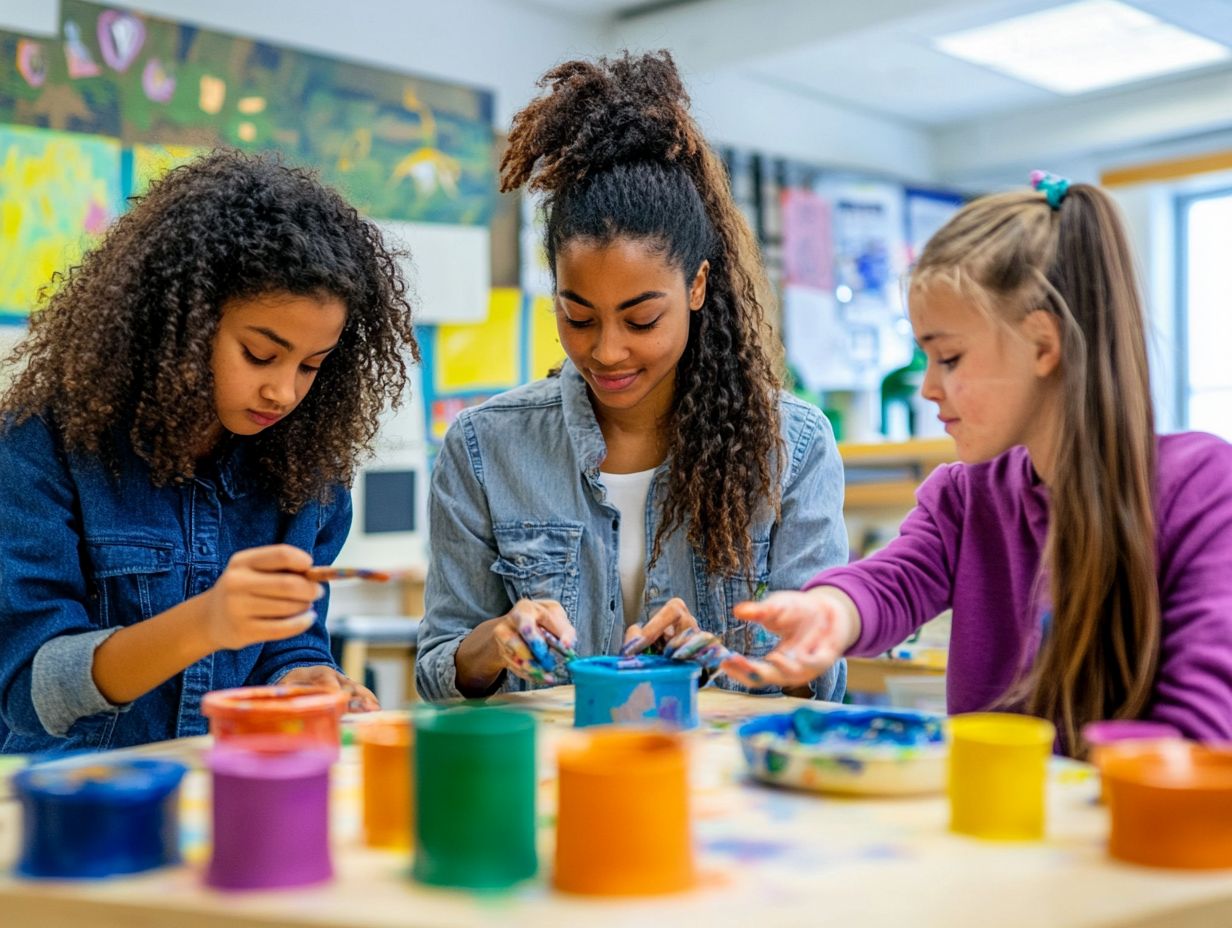
Implementing effective strategies to encourage creativity in your classroom can significantly enhance student engagement. It makes learning exciting!
Incorporate collaborative projects and hands-on activities into your lesson plans. This ignites students’ imaginations and fosters a love for learning.
Incorporating Creativity into Lesson Plans
Bringing creativity into your lesson plans transforms your classroom into a vibrant hub of learning. This approach allows students to explore their ideas through imaginative activities.
Utilizing artistic methods like drawing, painting, or performing arts invites students to express their understanding in visually engaging ways. Integrating technology with interactive apps and virtual learning tools adds a modern twist that appeals to today s tech-savvy learners!
Designing open-ended projects encourages students to think critically and collaborate. They get the chance to take ownership of their learning. This multifaceted approach caters to various learning styles, fosters curiosity, and boosts engagement.
Creating a Supportive Environment
Creating a supportive classroom environment is essential for fostering creativity. It allows students to feel safe and encouraged in exploring ideas and self-expression.
Collaboration among students creates a thriving atmosphere where they can freely share their thoughts and engage in meaningful dialogue. By promoting constructive feedback, you guide learners to refine their ideas without fear of criticism.
Implementing group projects encourages teamwork and enables students to learn from one another s diverse perspectives. Nurturing a culture of creativity allows students to experiment and take risks in their work. When you actively facilitate these strategies, the positive impact on student learning becomes clear!
Benefits of Teaching Creativity
The advantages of nurturing creativity in your students extend beyond the classroom. This approach enhances their capacity to think critically, tackle problems effectively, and innovate across diverse fields.
Improved Problem-Solving and Critical Thinking Skills
Teaching creativity significantly enhances problem-solving and critical thinking skills. It equips students with the tools necessary to navigate complex challenges in academics and personal life.
Engaging in imaginative projects and collaborative brainstorming cultivates a mindset that embraces diverse perspectives. This ultimately leads to innovative solutions!
For instance, when developing a sustainable community project, students showcase their ability to weigh multiple factors, from environmental impact to social inclusivity.
Educational frameworks, like the Partnership for 21st Century Skills, highlight these essential competencies. They urge educators to adopt methods that combine different subjects to promote creativity.
In practical scenarios like designing a new product or strategizing a marketing campaign the interplay of creative thinking and analytical skills becomes crucial. This underscores the real-world significance of fostering creativity within educational settings.
Fostering Innovation and Adaptability
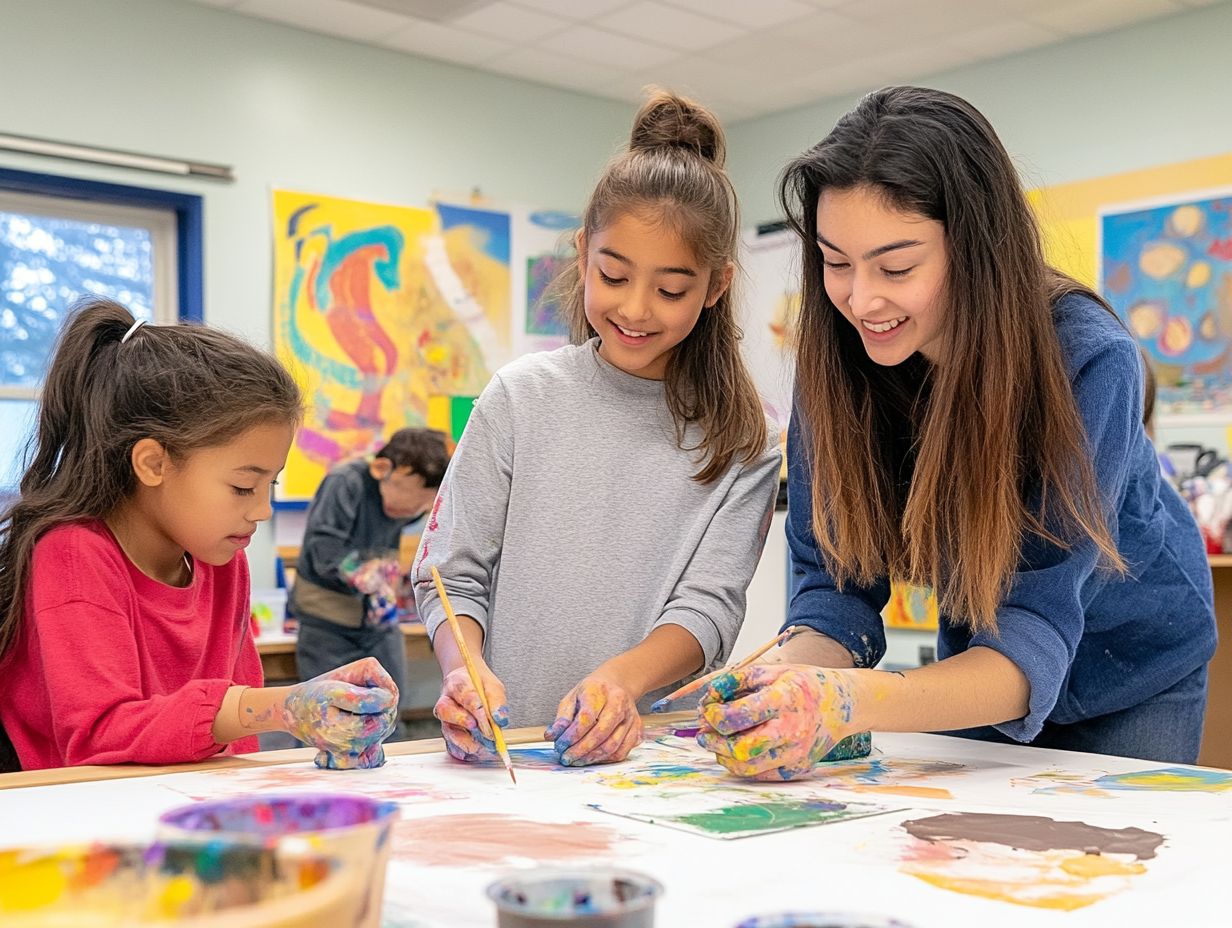
Fostering creativity in education cultivates innovation and adaptability essential traits for thriving in an ever-evolving world. This development equips you with essential tools to explore different career options while encouraging you to think beyond conventional boundaries.
By integrating project-based learning learning through projects that involve real-life problems and collaborative problem-solving into the curriculum, schools create environments for experimentation. This approach encourages intellectual risks and allows you to embrace new ideas.
Employers now seek individuals who demonstrate creative thinking and innovative problem-solving skills, further highlighting the vital importance of a creative educational foundation.
Assessing Creativity in the Classroom
Assessing creativity in the classroom is essential. It helps you understand how well students engage with learning and develop important skills.
By evaluating creativity, you can gain valuable insights into students’ thought processes and encourage a more dynamic educational environment.
Methods for Measuring Creativity
Methods for measuring creativity in the classroom can vary significantly, ranging from qualitative observations to standardized assessments that capture your creative processes and outputs. As an educator, you might find that employing a blend of portfolios, rubrics, and self-assessments is the most effective way to gauge creative abilities.
Portfolios allow you to showcase your work over time, offering a comprehensive view of your progress and development. Rubrics serve to objectively assess various aspects of creativity originality, complexity, and execution providing guidance for your improvement.
Self-assessments encourage you to reflect on your own creative journey, fostering a deeper sense of ownership and self-awareness.
By providing constructive feedback through these methods, you not only refine your skills but also shape teaching practices, ultimately nurturing individual growth and creating a more dynamic learning environment.
Incorporating Technology into Creativity Lessons
Incorporating technology into your creativity lessons can supercharge student engagement and foster innovative learning experiences.
By leveraging digital tools, you can craft interactive and dynamic environments that empower your students to express their creativity in truly unique ways.
Utilizing Digital Tools for Creative Projects
Using digital tools for your creative projects allows you to explore ideas and collaborate more effectively, fostering a culture of innovation in your classroom.
Platforms like Padlet, Google Workspace, and Trello not only facilitate brainstorming sessions but also streamline project management, allowing diverse teams to share their unique perspectives.
For example, a recent case study from a high school in California illustrated how educators integrated Canva to produce visually appealing presentations, significantly enhancing student engagement and teamwork skills.
Similarly, an art teacher reported using Adobe Creative Cloud, empowering students to collaboratively develop their digital art portfolios. This approach led to a successful exhibition celebrating their collective creativity.
These tools not only promote artistic expression but also equip you with valuable skills like communication and critical thinking.
Frequently Asked Questions
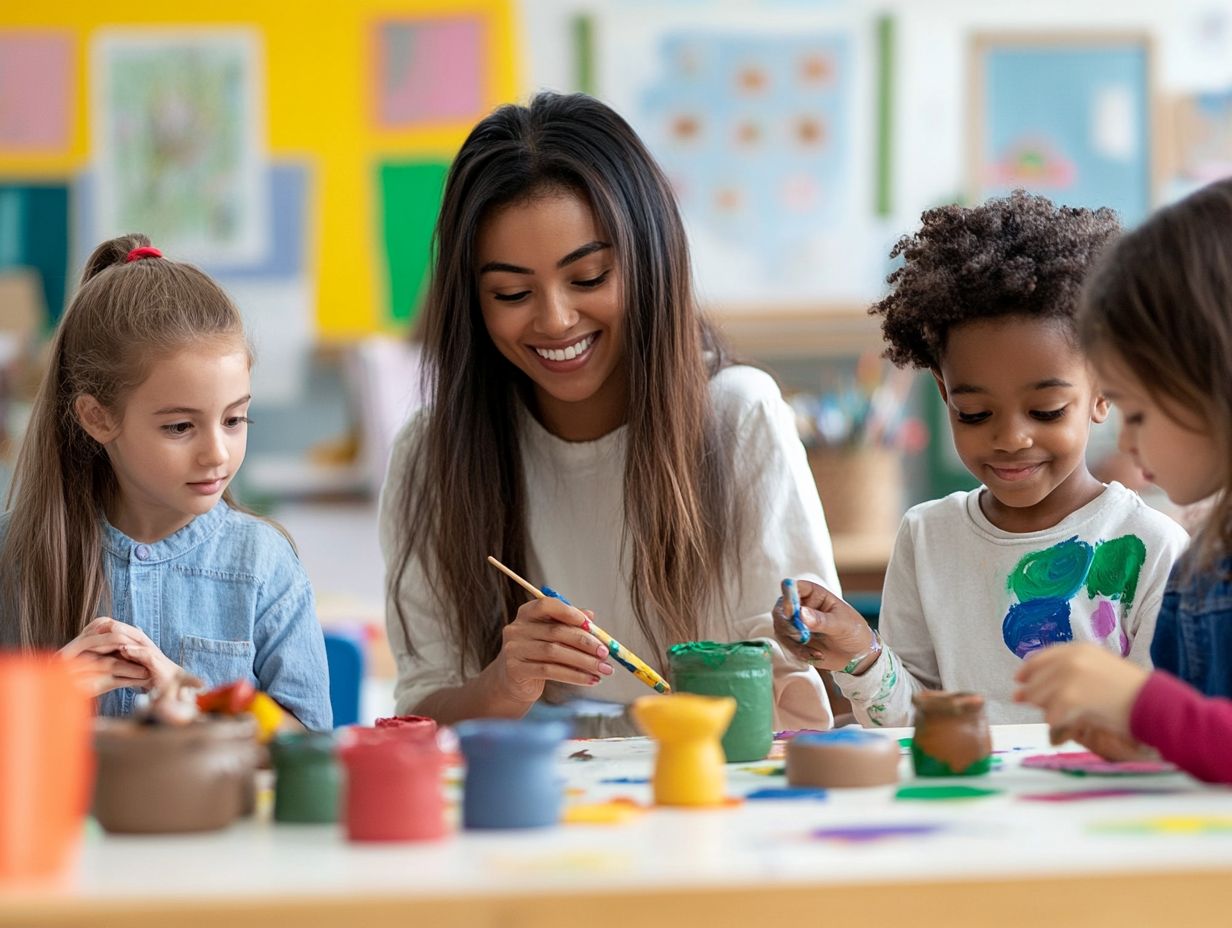
How can I ignite creativity in my classroom?
To foster creativity in your classroom, you can create a safe and supportive environment where students feel comfortable expressing their ideas. Encourage them to think outside the box and provide opportunities for hands-on, open-ended activities. Exploring how to use creativity in everyday life can further enhance their creative thinking skills.
What exciting teaching strategies can I use to spark creativity in my students?
Some effective teaching strategies to promote creativity include brainstorming, problem-based learning, and project-based learning. These methods encourage students to think critically and creatively as they work on a task or project.
How can I incorporate creativity into my lesson plans?
Incorporate creativity by including activities that promote open-ended thinking.
Encourage students to use their imagination and collaborate with each other.
What role does the teacher play in teaching creativity?
The teacher fosters creativity by creating a supportive learning environment.
This includes providing opportunities for students to express their ideas and demonstrating creative thinking.
How can I assess and evaluate creativity in my students?
Assessing creativity is challenging because it s subjective.
Use rubrics that focus on the creative process and observe students problem-solving skills.
How can I inspire my students to be more creative?
Expose your students to various forms of creative expression, like art and music.
Encourage them to explore their interests, take risks, and try new things.

